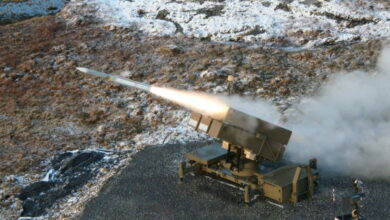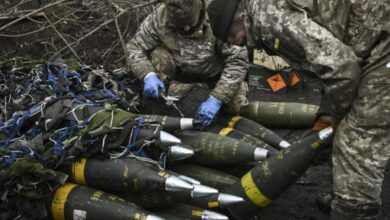US to Conduct Maiden Air-Dropped Missile Live-Fire Exercise: Report
The US Special Forces will conduct a live-fire exercise of airdropped cruise missiles this week over the Norwegian Sea, The Barents Observer has reported.
The November 9-11 exercise off the coast of Northern Norway will involve cargo aircraft launching a swarm of air-launched missiles with the Rapid Dragon palletized weapon system.
The missile to be used in the exercise has not been revealed. However, the Rapid Dragon is designed to launch long-range strike weapons such as the Joint Air-to-Surface Standoff Missile (JASSM) en masse.
“We will demonstrate the weapon when training interoperability with our NATO partners. This is the first time a live fire of the system will happen in training,” US Army Public Affairs Officer Capt. Margaret Collins said.
Missile Launch
The launch involves the aircraft receiving targeting data through a beyond-line-of-sight command and control node with the aircraft-agnostic Battle Management System (BMS).
The BMS communicates the data to the palletized missiles, which are then airdropped, followed by a systematic missile release.
Explaining a missile launch last year, the USAF wrote, “its [missile] wings and tail, achieved aerodynamic control, and began a pull-up maneuver as it glided toward its new target.”

Provides Operational Flexibility
The system provides the flexibility to deploy long-range missiles en masse from non-traditional platforms without modification.
Planes such as the C-130J Super Hercules can take off from relatively short runways of 900 meters (2,953 feet), enabling missile deployment when longer runways are unavailable.
Exercise Near Russia
“Additionally, the retargeting methodology used is transferable to other strike platforms, potentially making all JASSM-capable strike assets more lethal in an increasingly complicated and dynamic near-peer conflict,” the USAF wrote in a statement last year.
US Army official Collins underlined that the exercise is not a signal to “Russia or any adversary,” despite the 100 by 150 kilometers (62 by 93 miles) exercise area being only 650 kilometers (404 miles) from Russian nuclear submarine ports on the Kola Peninsula.












